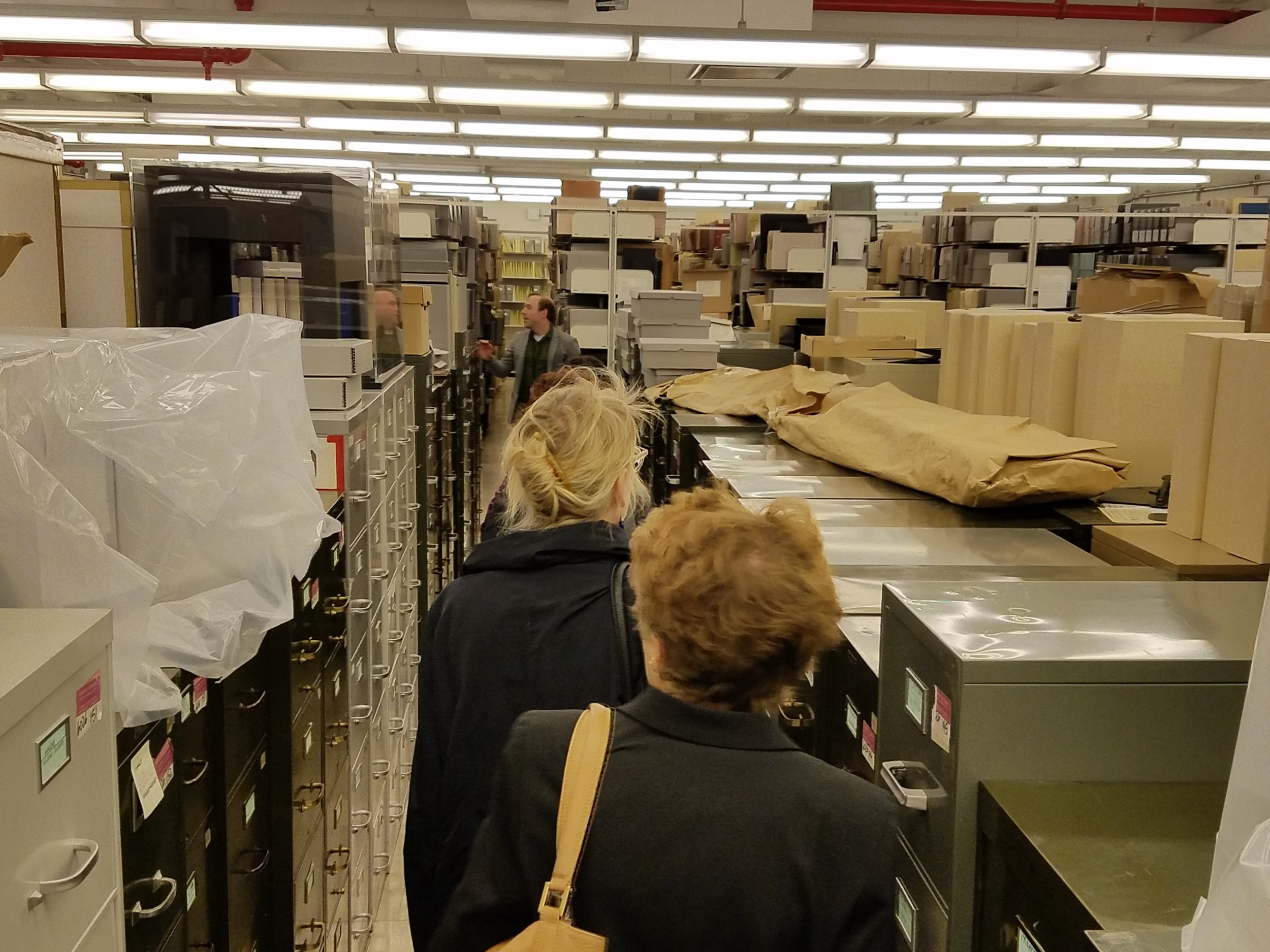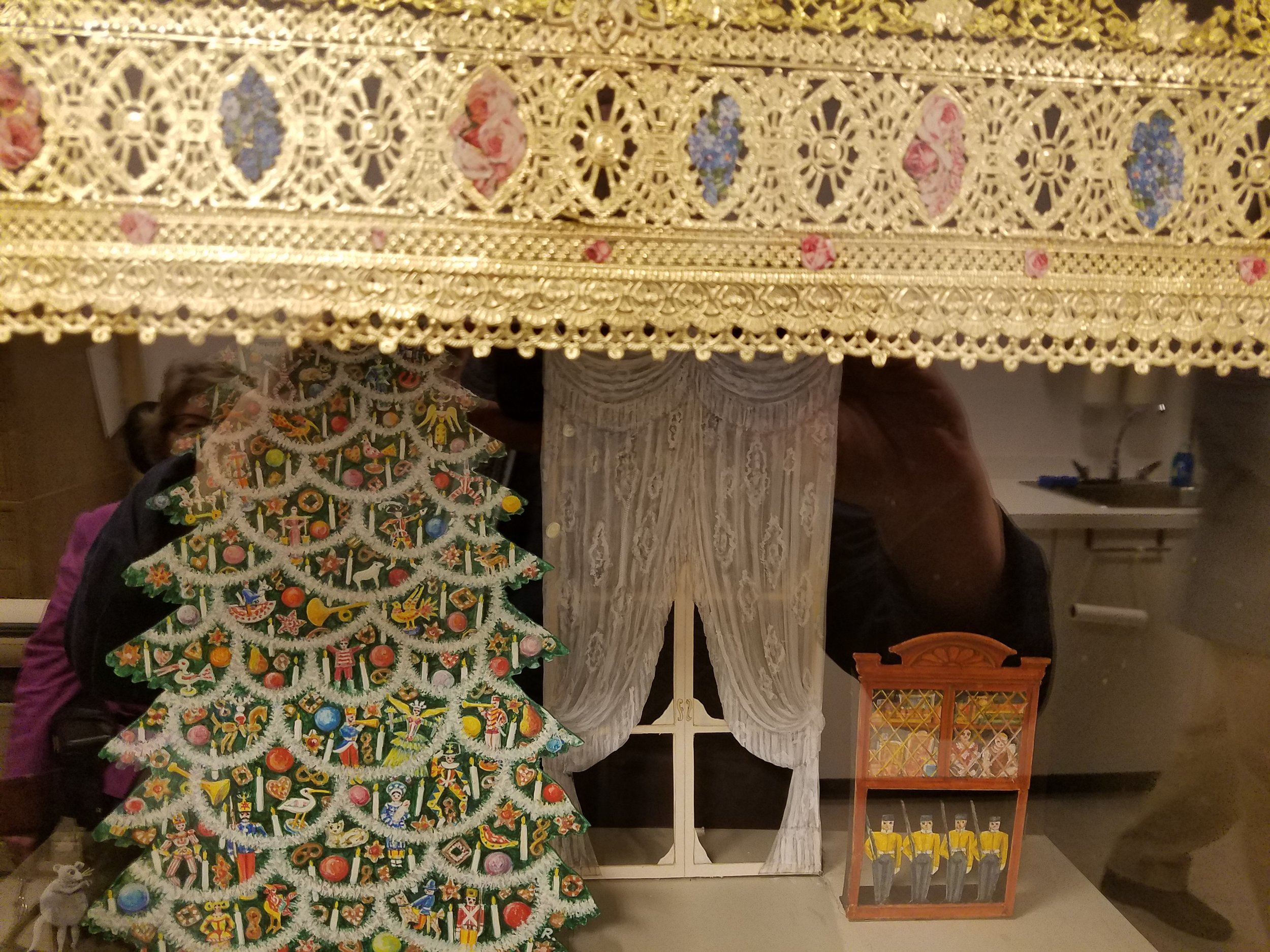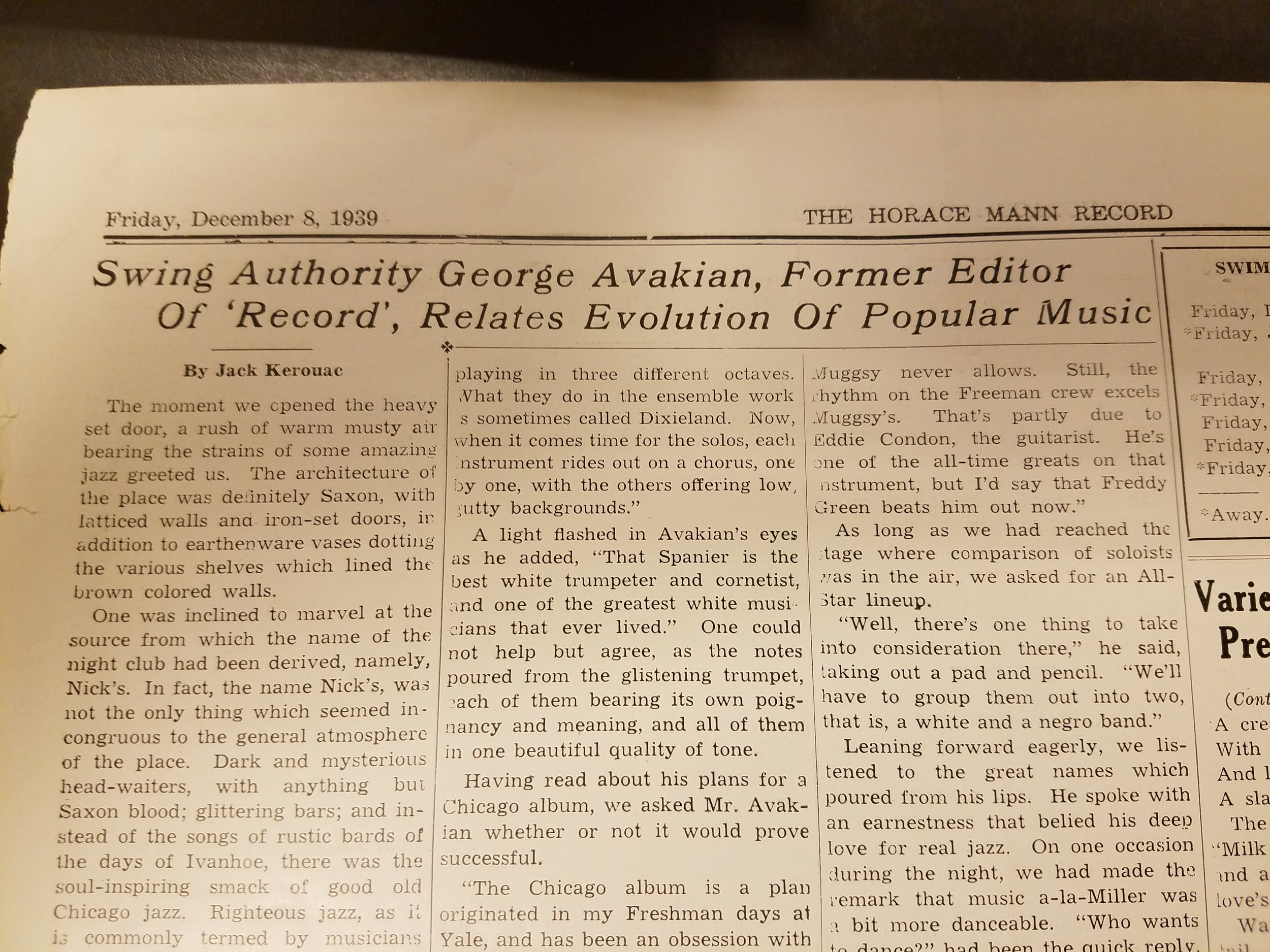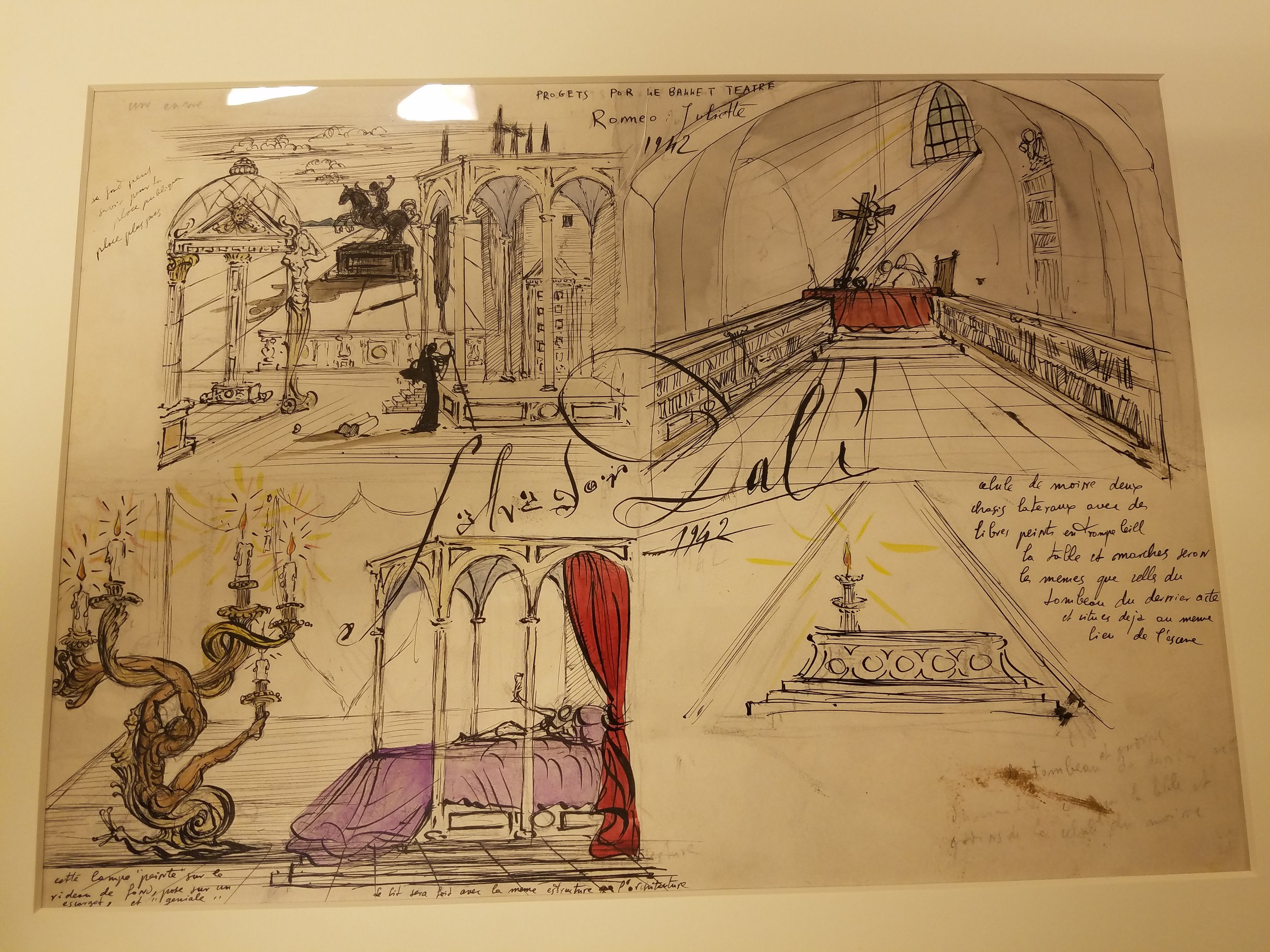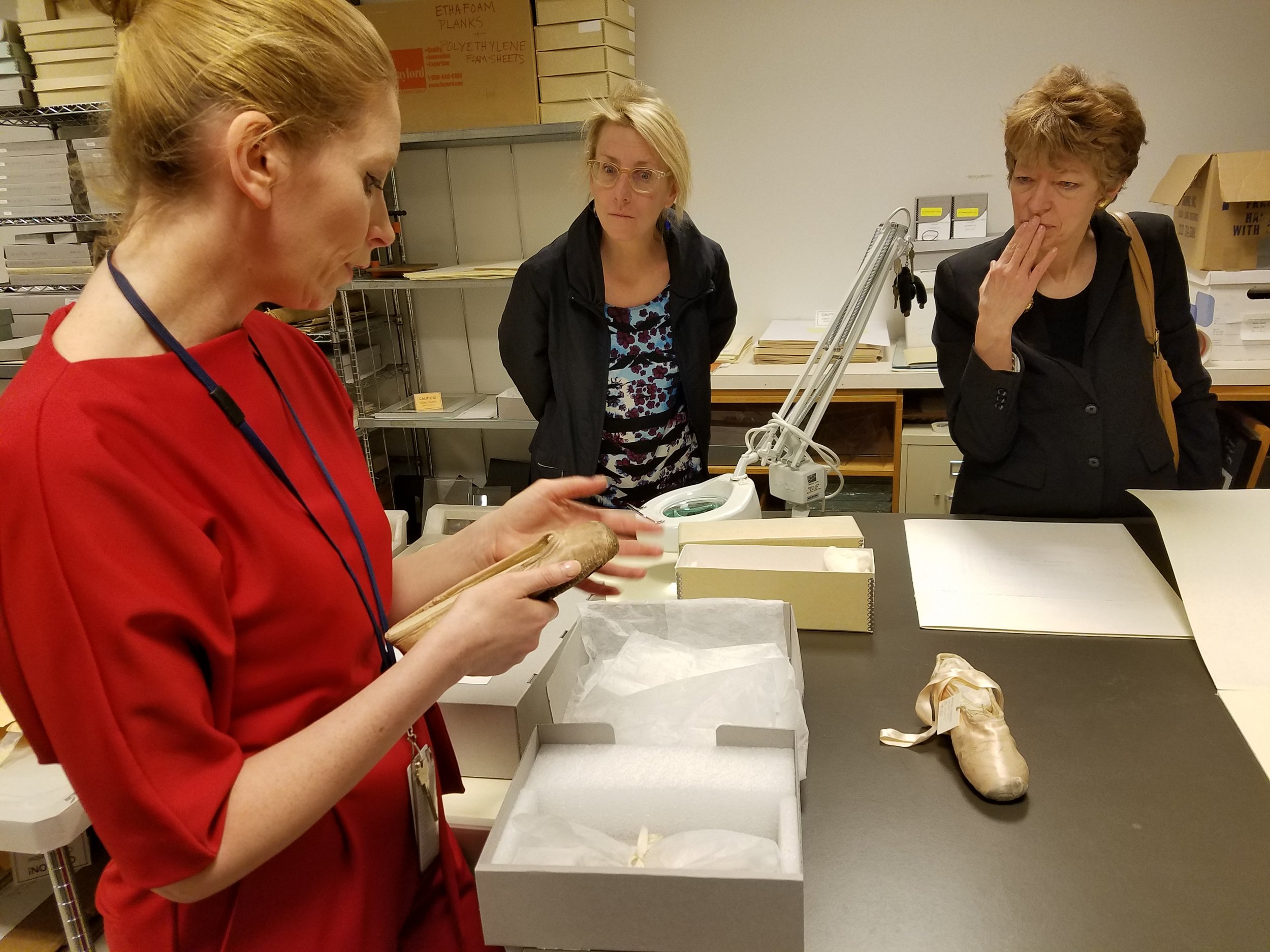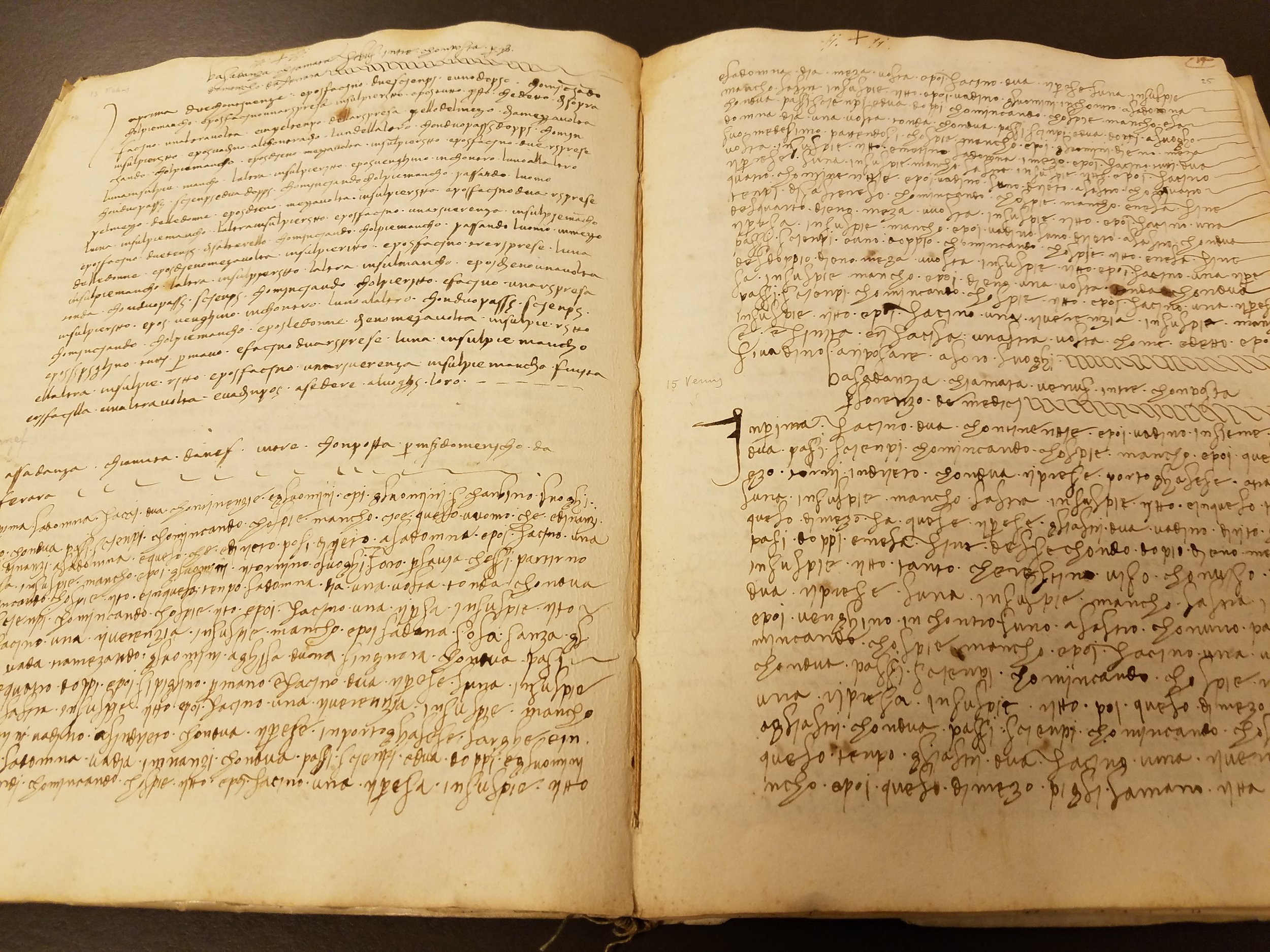Lockdown has meant a lot of paper-shuffling, organizing, and weeding out. Every now and then something pops out of a folder that makes me smile. I feel so lucky at times to have had a chance to meet and write about so many gifted writers, artists, and musicians in my newspaper years. There was a stretch in the late 1970s and early ‘80s, after my stint as a jazz DJ, when I wrote quite a bit about jazz. As I noted elsewhere recently, at the time I wrote under the influence of Whitney Balliett, the great jazz commentator for The New Yorker. Close readers might catch a whiff of that influence in this review of a club date by the Jay McShann Quintet in October 1984. This was first published in The Kansas City Star, Oct. 14, 1984, under the headline “McShann provides showcase for KC jazz.” Along with McShann’s voice and piano, the band, playing at the Signboard Bar at the Westin Crown Center, included Budd Johnson, tenor sax; Carmell Jones, who’d long lived as an ex-pat in Germany, on trumpet; Noble Samuels, bass; and drummer Paul Gunther. I regret some of the cringeworthy prose, but I stand by what I hope represents a sense of some vital musical history.
By Steve Paul
Jay McShann, a national jazz treasure who calls Kansas City home, is in the middle of a monthlong stint, his fist extended appearance here in a couple of decades.
The homecoming in such a comfortable setting was long overdue and it should not be missed by anyone who professes an affinity to the pleasures of jazz.
A couple of sets Friday at the Signboard were notnecessarily a breahtaking evening of electrifying performances.
Rather, Mr. McShann—he’s been saying for a while that he’s 68, other sources say 75—and his colleagues delivered a populist sermon on the hybrid, swinging music that began emerging from Kansas City and the region a half century ago.
The program, familiar to much of the adience, included compositions by Count Basie, Duke Ellington, Mr. McShann and others. The presentation was mostly predictable: Mr. McShann out front for a couple of choruses, then solos by Mr. Jones, Mr. Johnson and, frequently, Mr. Samuels, before returning to an ensemble chorus to close.
But the allure of this living and breathing Kansas City jazz is not in the fundamentals of form. That simplicity is merely the springboard for the bounce of the blues-based sound.
Mr. McShann’s keyboard echoes with diverse influences: the austere economy of Mr. Basie, the frolicking barrelhouse of Pete Johnson and others, and often the more sophisticated textures of Art Tatum. His round face tightens up around the mouth as he concentrates on a two-handed boogie-woogie and then rolls and beams with pleasure as he manufactures a particularly offbeat phrase.
And then he sings. Tehre is something about that cidery voice: Its natural element is the blues.
Budd Johnson of New HYork, another septuagenarian, has been in and out of Kandsas City jazz circles over the years. His career includes stopovers with Earl Hines (early on and again in the 1960s), Dizzy Gillespie, Billy Eckstine and Count Basie. he blows a sweet, sometimes delicate sax. On Friday, the intensity of his delivery expanded with each solo as he and his colleagues fed from the collective pool of energy and ideas that grew all night.
On a featured number such as “Body and Soul,” Mr. Johnson showcased a versatile range and a style so easily presented that it must be, after all these years, indelibly etched in that abstract interior where music lives.
On Things Ain’t What They Used to Be,: Mr. Johnson, like his colleagues, didn’t stray too far from familiar ground, but he showed he can surprise a listener with a towering yelp or a beefy incantation.
Kansas Citian Carmell Jones has an aggressive but lyrical style. His phrasing was understated and controlled. Some solos were simply gorgeous.
At one moment early in the second set Mr. Jones seemed almost in awe of his surroundings. Mr. Johnson had just finished a chorus of “Confessin’ the Blues.” Mr. Jones began his turn with a simple four-bar entrance. Then he paused and said to the saxophonist, “That was beautiful. I don’t know what I’ll do to follow you.” Of course, he re-entered without missing a beat and then reeled off an exquisite, driven blues. That was it. No problem.
Mr. McShann is a true ambassador of the Kansas City style. He and his cohorts, finely dressed in black suits and formal shirts, are appearing at the Signboard (in the Westin Crown Center hotel) Tuesdays through Saturdays through Oct. 27. All shows begin at 9 p.m.































































